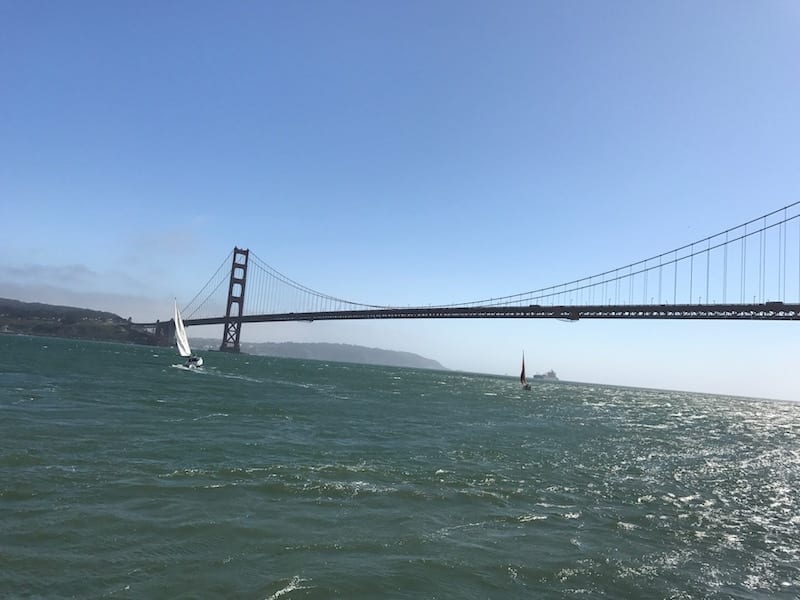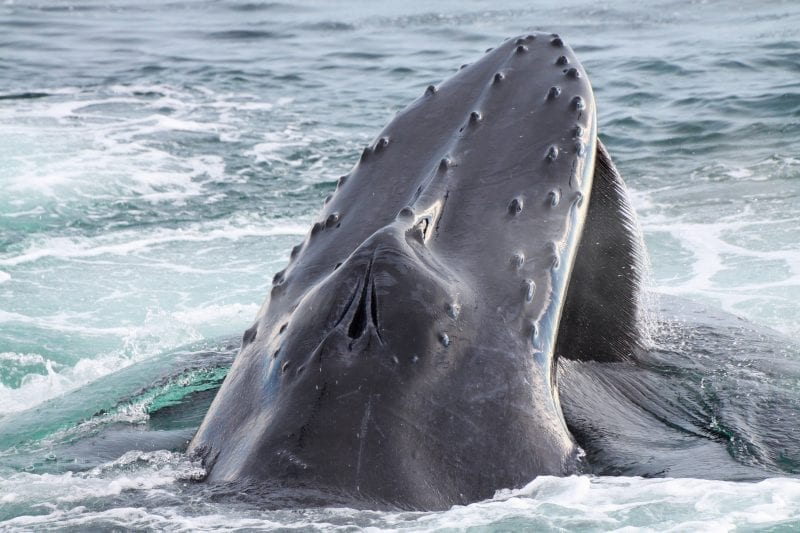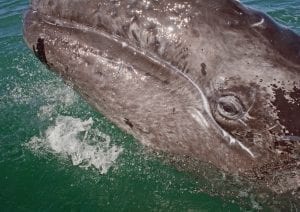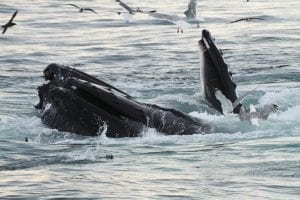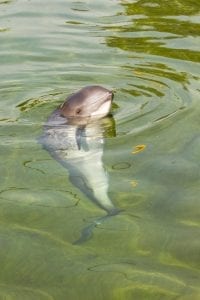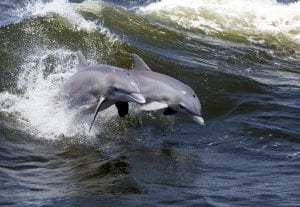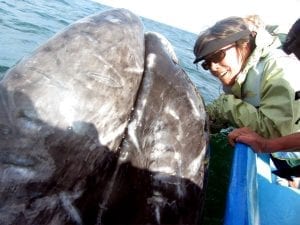Humpbacks are Back. It’s Whale Watching Time on SF Bay!
This weekend you can station yourself on the Golden Gate Bridge with binoculars, patience and a camera to watch out for whales feeding right under the bridge. May and June were great months for multiple sightings of dolphins and frolicking whales in San Francisco Bay and just out the Golden Gate. In spring/summer of 2016, Humpback and Blue whales were seen feeding off the coast of San Francisco in unprecedented numbers. They are back again and most likely will feed throughout the summer months before they move on. Our friends on the East coast are reporting an unusual number of sightings also.
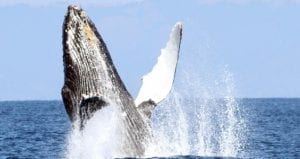
Photo/Oceanic Society, SF
Since these gentle giants follow the food trail (Krill, Anchovies), the thinking now seems to be that our waterways and oceans are healthier. And the food is abundant. Ever since the passing of the Clean Water Act in 1972, we have fought against water pollution and have made great strides. Banning DDT and PCBs , upgrading sewage treatment plants and their filtering systems and modern technology advances have helped the San Francisco Bay achieve a far cleaner health record than in the 1950s and 1960s.
Now and through Nov., you can take trips to the Farallon Islands to see Blue and Humpback whales, seals, sea lions and seabirds .
Out of Oakland:
Sun., July 9, Roosevelt’s Presidential Yacht, the USS Potomac, is going out into San Francisco Bay for their 2 hr. Blues Cruise.
Last Saturday dolphins and whales were seen out in the Bay. Spend your Sunday afternoon listening to live blues by Val Starr as you hope for a glimpse of one of these majestic creatures. Tickets are $55, reserve by calling (510) 627-1215. The Potomac is berthed in Jack London Square at 540 Water St. in Oakland. More cruises here. http://usspotomac.org/events/history.php. With the longer cruises you may have the chance to go out by the Golden Gate Bridge where humpbacks are enjoying the water as they feed.
Want to learn more about whales, dolphins and porpoises?
Visit the Marine Mammal Center in Marin Headlines to get close up and personal with these wonderful mammals. There are many ways to get involved in their volunteer programs.
You can also have some fun with Happywhale, a website which has a lot of information about Humpbacks seen around the Bay Area. There you can become part of their community and upload your whale photos from your encounters and scientists will help you identify your whale through their unique markings on their flukes and dorsal fin and track it as it travels around the globe. According to their website, they “…use state-of-the-art image processing algorithms to match whale photos with scientific collections.” You can learn your whale’s story – its travel patterns and where it goes to have its calves. Check out sightings reported to Happywhale. Last month 115 sightings were reported on Happywhale in Monterey Bay and 24 around SF Bay.
If you really love whales, you can become a SF Bay American Cetacean Society Chapter* Naturalist through the SF Bay ACS Chapter Naturalist Training Program. “Once trained, our naturalists will help other community members observe and interpret our local marine habitat (website).” Once you become a Naturalist you can represent SF Bay ACS in tours, in classroom visits, at festival exhibits and events in the Bay Area.
Happy whale watching!